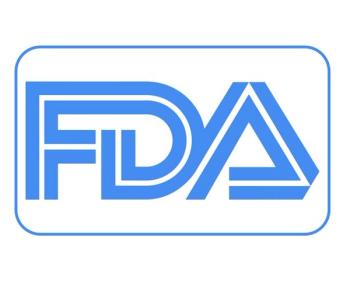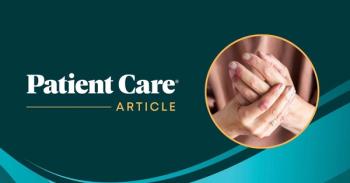
Health Information Goes Over the Heads of Many U.S. Adults
WASHINGTON -- A significant proportion of U.S. adults flunked a national health literacy test administered by the government.
WASHINGTON, Sept. 8 -- A significant proportion of U.S. adults flunked a national health literacy test administered by the government.
The results suggest that patient education materials provided by physicians, drug companies, and the government need to be made easier to understand, said Mark Kutner, Ph.D., of the American Institutes for Research here, the principal author, in an interview.
The report, titled The Health Literacy of American Adults: Results from the 2003 National Assessment of Adult Literacy, was prepared by the National Center for Educational Statistics, a part of the Department of Education. The American Institutes for Research is a separate organization that was contracted to conduct the research.
Thirty-six percent of U.S. adults could not perform moderately difficult tasks such as reading a chart to determine at what age a child should receive a particular vaccine or reading a prescription label to identify substances that might interact with their medicine, the report found.
Furthermore, 14% of adults could not perform basic tasks such as understanding a patient pamphlet explaining who should be tested for a particular disease, according to the report.
"Understanding the health literacy of America's adults is important because so many aspects of finding health care and health information, and maintaining health, depend on understanding written information," the report said.
A key finding of the report appears to bear out that assertion: those with higher health literacy levels consistently reported better overall health.
The relationship between poor literacy and poor health suggests that people who have difficulty navigating the health care system and understanding information provided by doctors, drug companies, and public health agencies suffer poorer health as a result, Dr. Kutner said.
"The information needs to be presented in ways that people with lower literacy can understand," he said.
The project was a component of the Department of Education's 2003 National Assessment of Adult Literacy, which measured the nation's overall literacy. Tests were given to 18,000 adults living in households and another 1,200 prison inmates.
The health component of the literacy test involved 28 tasks designed to measure a respondent's skill at locating and understanding information in written materials such as patient education pamphlets or prescription labels. Based on their test scores, which could range from 0 to 500, individuals were categorized as proficient, intermediate, basic, or below basic.
Only 12% scored in the proficient range, while 53% were intermediate, 22% were basic, and 14% were below basic.
Other key significant findings (P<.05 for all) include the following:
Women tended to score better than men. Women scored an average of 248 and men an average of 242. To give another example, 16% of men were in the below basic category compared with 12% of women.
Whites and Asians scored better on average than other racial groups. Whites scored an average of 256, Asians 255, Blacks 216, Hispanics 197, and Native Americans 227.
Adults who spoke only English before starting school had higher average health literacy than adults who spoke other languages alone or other languages and English.
Older adults scored worse than younger adults. Those 65 and older had the lowest average score, 214, and those ages 25 to 29 had the highest, 256. Only 3% of those 65 and older were classified as proficient, compared with 16% of the 25- to 39-year-olds.
As might be expected, health literacy improved with educational attainment. Some 49% of adults who had never completed high school (average score 184) were in the below basic category, compared with 15% of those with a high school diploma (average score 232) and only 3% of those with a bachelor's degree (average score 280).
In addition, a relationship emerged between health literacy and self-reported overall health. For example, 42% of those who rated their health as poor were in the below basic category, but only 8% of those with poor self-rated health were in the proficient category. The average score of those who rated their health as excellent was 262, compared with a score of 196 for those who said their health was poor.
A similar relationship was found between the quality of one's health insurance and overall health. Those with employer-provided health insurance scored an average of 259, versus 220 for those lacking health insurance. Among adults who received Medicare, 27% were in the below basic literacy category. So were 30% of those on Medicaid.
The male versus female differences in health literacy are probably not due to any inherent difference between the genders, Dr. Kutner said. Rather, the finding probably reflects that a greater proportion of immigrants, for whom English is a second language, are men.
Newsletter
Enhance your clinical practice with the Patient Care newsletter, offering the latest evidence-based guidelines, diagnostic insights, and treatment strategies for primary care physicians.

















































































































































































































































































